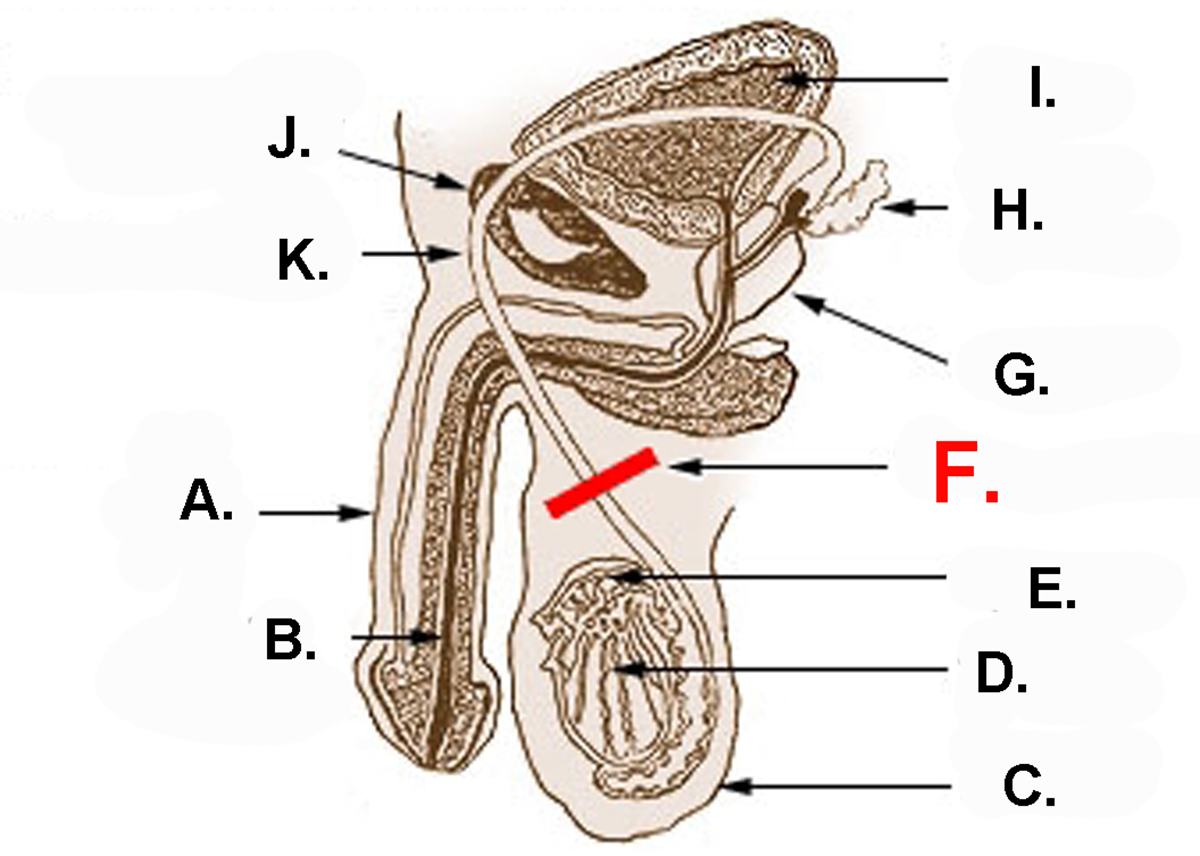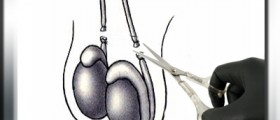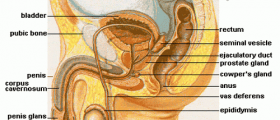
There are several options when male contraception is considered, but maybe the most popular is the vasectomy. This surgery is very simple, involves no risk and it is efficient in almost 100% of cases. The vasectomy will make the tubes through which semen comes blocked and thus, the semen won't enter the seminal fluid. Sperm will be produced after the procedure though in vain since it has nowhere to go. It will die and the body will absorb it. Vasectomy is very affordable surgery and involves no risk, unlike the tubal vasectomy, which is the female version of the surgery. Before deciding on the vasectomy, you should find some information on it and this text will provide this kind of information.
Procedure
Vas deferentia is severed and sealed during the vasectomy. Male testes produce the sperm, which is a male reproductive cell. The mentioned vas deferentia are two tubes through which seminal fluid gets to the ejaculatory duct. In this duct, the seminal fluid and the semen come together and go through the urethra and are ejaculated. So, when the vas deferentia are blocked, the sperm cannot reach the ejaculatory duct and this will prevent the unwanted pregnancy. Once the vas deferentia are cut, they will be sealed with stitching, burning, tying or in some other way. This minor surgery lasts approximately 30 minutes and it is done under a local anesthesia. Excessive bleeding may occur if blood thinning medications are used before the surgery, so do not take them. The scrotum will be cleaned prior to the surgery and the local anesthetic will be administered in it. On one side of the scrotum a surgeon will make an incision and take out a vas deferens through it. Two clamps, approximately 20 cm apart, will be placed and the area between them is then removed. After these 20 cm have been removed, the sutures will seal the wound and this is done with cauterization or by clipping. This is done on the other vas deferens as well, and once everything is over, the vas deferens will be returned to the normal position.
Vasectomy Types
Several types of vasectomy can be done and one of them is the fascial interposition vasectomy, during which the fascia is used for the covering and the suturing of the cut vas deferens. The fascia is the fibrous tube's covering and it will provide additional protection. During the open-ended vasectomy, the part of the vas deferens leading to the testes is left open, while the other is sealed. Also, there is a type of vasectomy called no-scalpel vasectomy, which makes a tiny suture on the scrotum through which the vas deferens are removed and sutured. Another type of vasectomy involves the use of clips that will prevent the semen from passing the tube, but the vas deferens will not be cut. If you had a complete vasectomy, you will need three or four weeks to heal, but other types will only take one week to heal.

















Your thoughts on this
Loading...